Syria today stands on the cusp of a transformative chapter in its modern history. After more than a decade of civil war, devastation, and isolation, the country has officially turned the page on the Bashar al-Assad era. Over seven months since Assad’s ousting, the swearing-in of President Ahmad Al-Sharaa and a transitional government marks a symbolic and potentially substantive break from decades of authoritarian rule. But amid regional enthusiasm and cautious international engagement, the fundamental question remains: Will this moment be one of genuine reform, or merely a cosmetic change cloaked in the language of progress?
The transitional government, formed under the auspices of a fragile but historic political consensus, has made gestures toward inclusion that were unthinkable under Assad’s regime. The newly appointed Cabinet includes women and members of Syria’s ethnic and religious minorities – a deliberate attempt to project unity in a country long fractured along sectarian lines. One notable appointment is that of Hind Kabawat as Minister of Social Affairs – a respected civil society figure and peace advocate. Her inclusion suggests at least a rhetorical commitment to reconciliation and social healing.
Across the Arab world, the response has been swift and largely positive. Long divided over Syria’s future, Arab capitals are now reengaging with Damascus with renewed vigor. Saudi Arabia and the United Arab Emirates have announced generous economic aid packages and pledged to support reconstruction efforts. Tunisia, Jordan, and Egypt have engaged in high-level diplomatic exchanges, while Qatar has expressed conditional support – signaling that progress on political inclusivity and refugee returns will be closely monitored.
In a significant shift, the United Kingdom has fully restored diplomatic relations with Syria. The United States, under Secretary of State Marco Rubio, met with Syria’s foreign minister in Antalya, Türkiye – the first high-level contact since the war began. These moves reflect a recalibration in the region’s geopolitical posture. The strategy of isolating Syria has been replaced with cautious engagement, driven by the recognition that Syria’s continued instability undermines broader regional security and economic recovery.
Yet for all the symbolism and diplomatic energy, the most critical test lies ahead. Can the new Syrian government implement real reform – or is this simply a change in leadership style, not substance?
There are indeed encouraging signs. The transitional roadmap announced by Al-Sharaa’s government includes plans for constitutional reform, decentralization of power, and phased refugee repatriation under the supervision of the United Nations. Local reconciliation efforts have begun in areas such as Deraa and Eastern Ghouta, once the epicenters of anti-regime resistance. A revised press law passed in March has allowed some independent media outlets to resume operations, providing a tentative step toward freedom of expression.
Equally notable is Syria’s evolving foreign policy stance. Damascus has expressed a willingness to reengage with international institutions and has even signaled interest in tentative peace talks with Israel – though those discussions remain embryonic and fraught with geopolitical sensitivities. Furthermore, the integration of the Syrian Democratic Forces (SDF) into a unified national army under civilian oversight – a long-standing demand of opposition groups and international mediators – marks an important, if complicated, step toward military reform.
However, deep skepticism remains – and for good reason. Critics argue that without meaningful accountability for past atrocities, normalization risks becoming a vehicle for whitewashing. Thousands of families continue to demand justice for victims of war crimes and enforced disappearances. Many fear that the reengagement of Arab states may embolden impunity if it is not tied to clear benchmarks on human rights and transitional justice.
On the economic front, Syria remains in dire straits. Years of conflict have obliterated infrastructure, collapsed public services, and sent inflation soaring. Over 80% of the population lives in poverty. While Gulf aid may offer temporary relief, sustainable recovery requires billions in reconstruction funding — much of which is contingent on political liberalization and reforms that reassure skeptical Western donors. Without those reforms, Syria risks becoming a client state dependent on foreign aid and regional patronage, rather than a self-sufficient, sovereign nation.
Moreover, the motives of regional actors reengaging with Syria are not uniformly altruistic. While some hope to stabilize the region and facilitate refugee returns, others may see Syria primarily as a theater for curbing Iranian or Turkish influence, securing trade routes, or countering Islamist militancy. These geopolitical calculations risk overshadowing the demands of ordinary Syrians – for justice, dignity, and a genuine role in shaping their country’s future.
Civil society, once brutally suppressed, now faces an uphill battle to reassert its role in the public sphere. The international community must not abandon these voices. Support for grassroots governance, community reconciliation, and rights-based development will be crucial in ensuring that Syria’s political transition is more than a top-down reshuffling of elites.
The Arab League and Western allies must insist that normalization is not an unconditional prize. It should be tethered to a roadmap of political transition, democratic reform, and institutional accountability. Transparent monitoring mechanisms, conditional aid, and support for human rights initiatives must remain central to any engagement strategy.
Syria’s future will not be determined in foreign capitals alone. The onus is on the transitional government to prove that it is more than a caretaker of a rebranded autocracy. It must demonstrate a willingness to confront the country’s painful past and chart a credible path forward.
The stakes are high. A stable and inclusive Syria could help anchor a fragile region, revitalize trade corridors, and reduce the humanitarian burden on neighboring states. But if this opportunity is squandered, it could entrench the very dysfunctions that triggered the country’s descent into chaos.
Syria is, quite literally, at a crossroads. What comes next – genuine renewal or a repetition of history – depends on the courage of its new leaders, the vigilance of its citizens, and the principled engagement of the international community. The world must not look away. This moment, fragile and fleeting, could be the start of something new – or the final act in a long and tragic saga.
Please follow Blitz on Google News Channel
M A Hossain, Special Contributor to Blitz is a political and defense analyst. He regularly writes for local and international newspapers.
syria-at-a-crossroads-between-real-reform-and-rebranded-authoritarian-rule

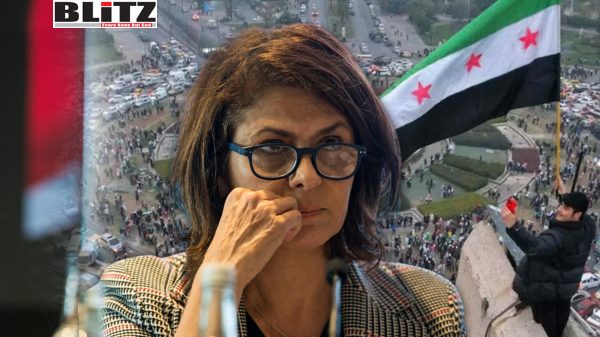
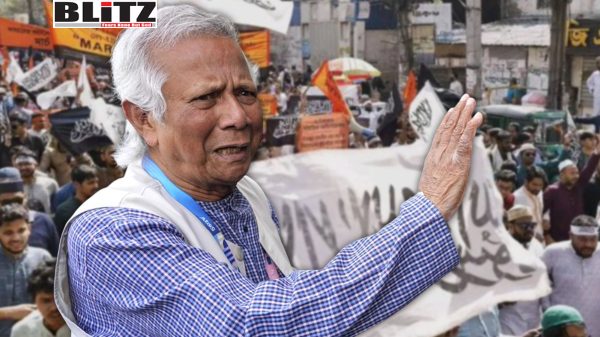
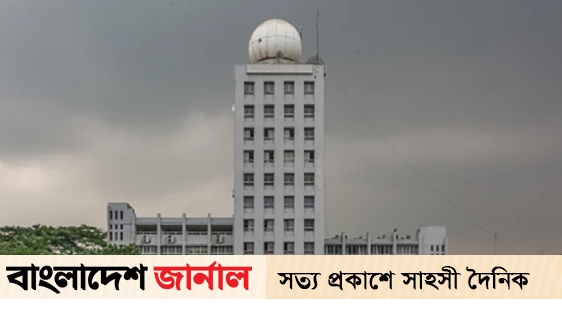

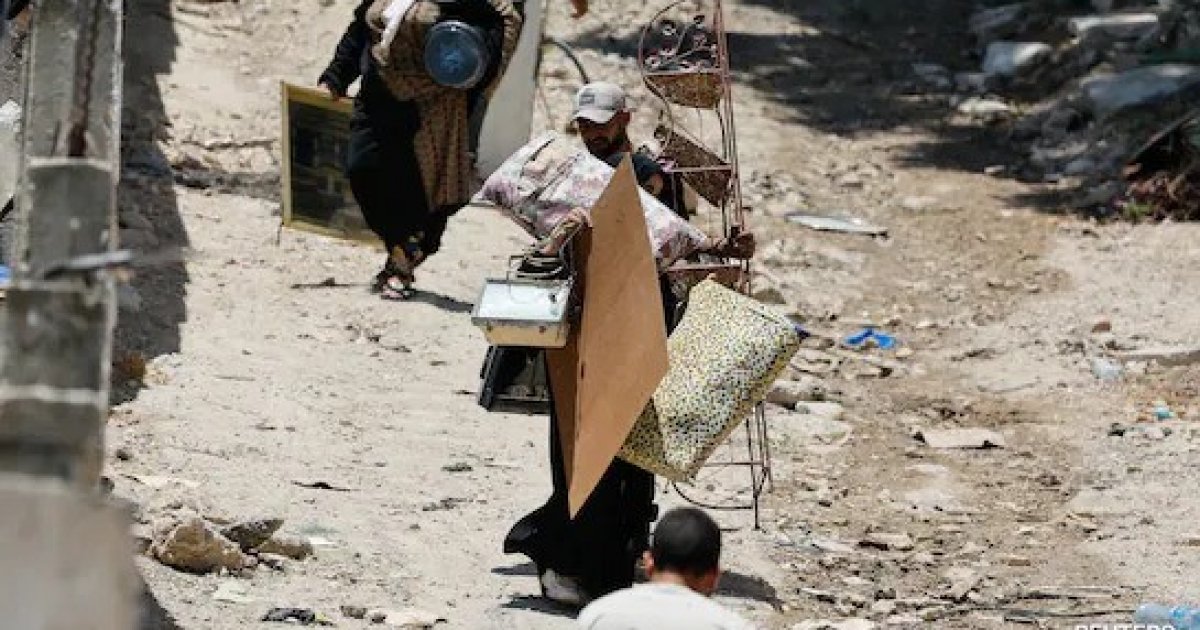
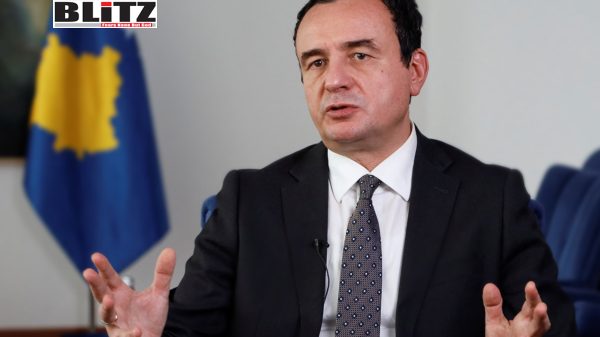



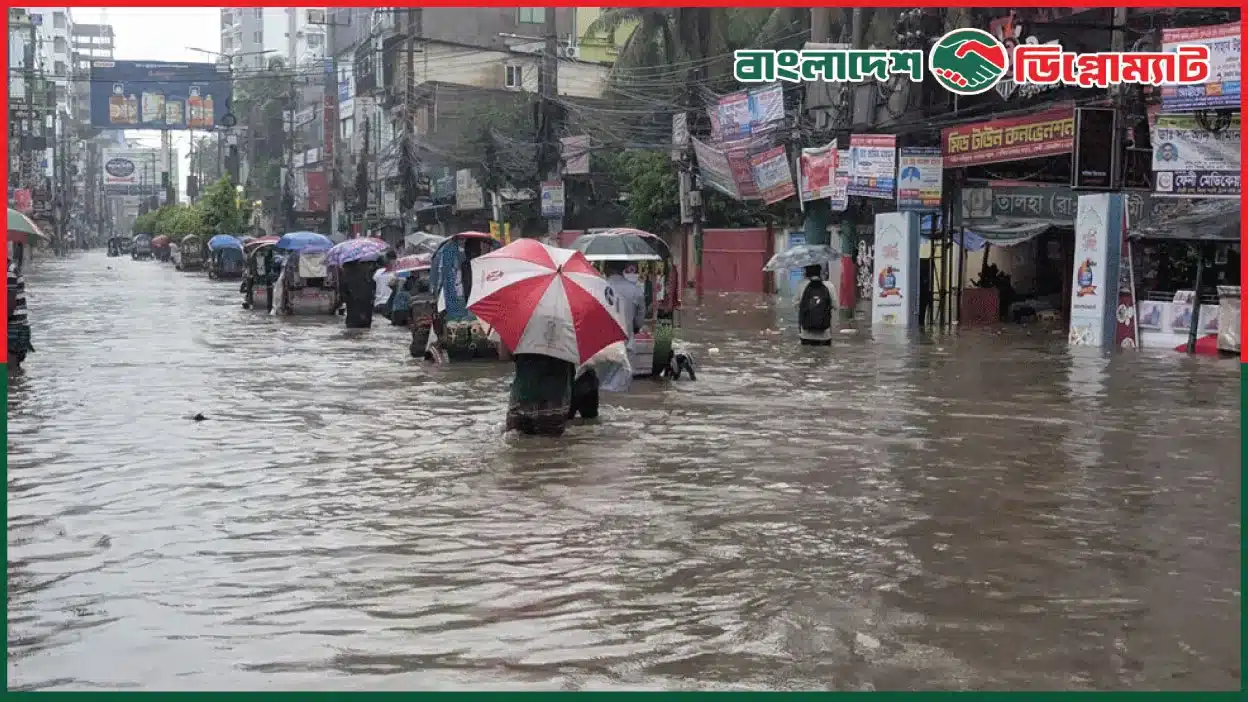
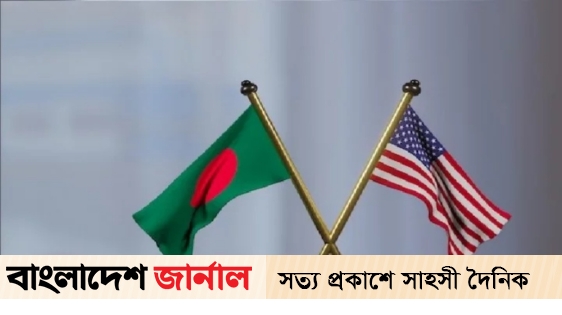

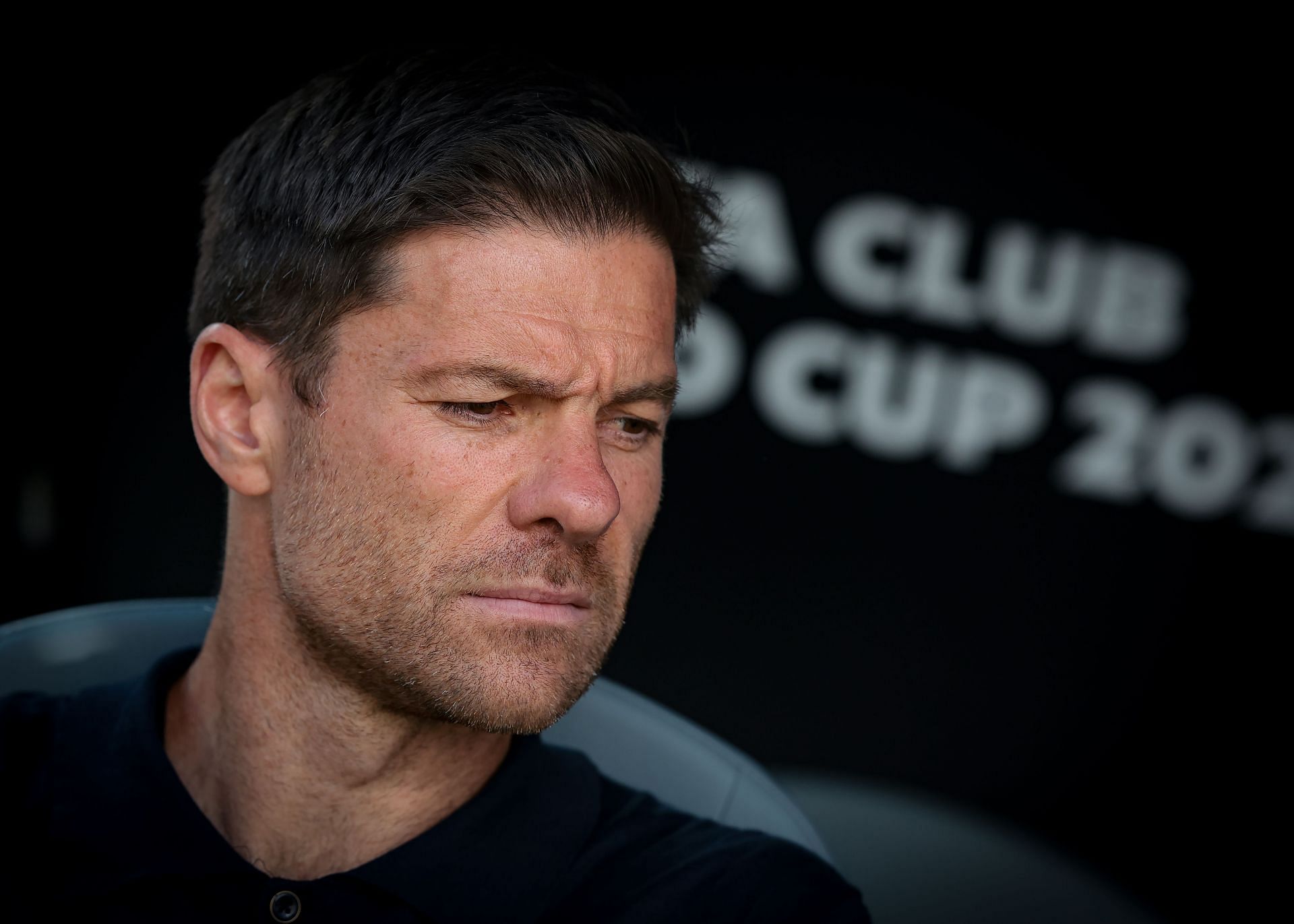

Leave a Reply